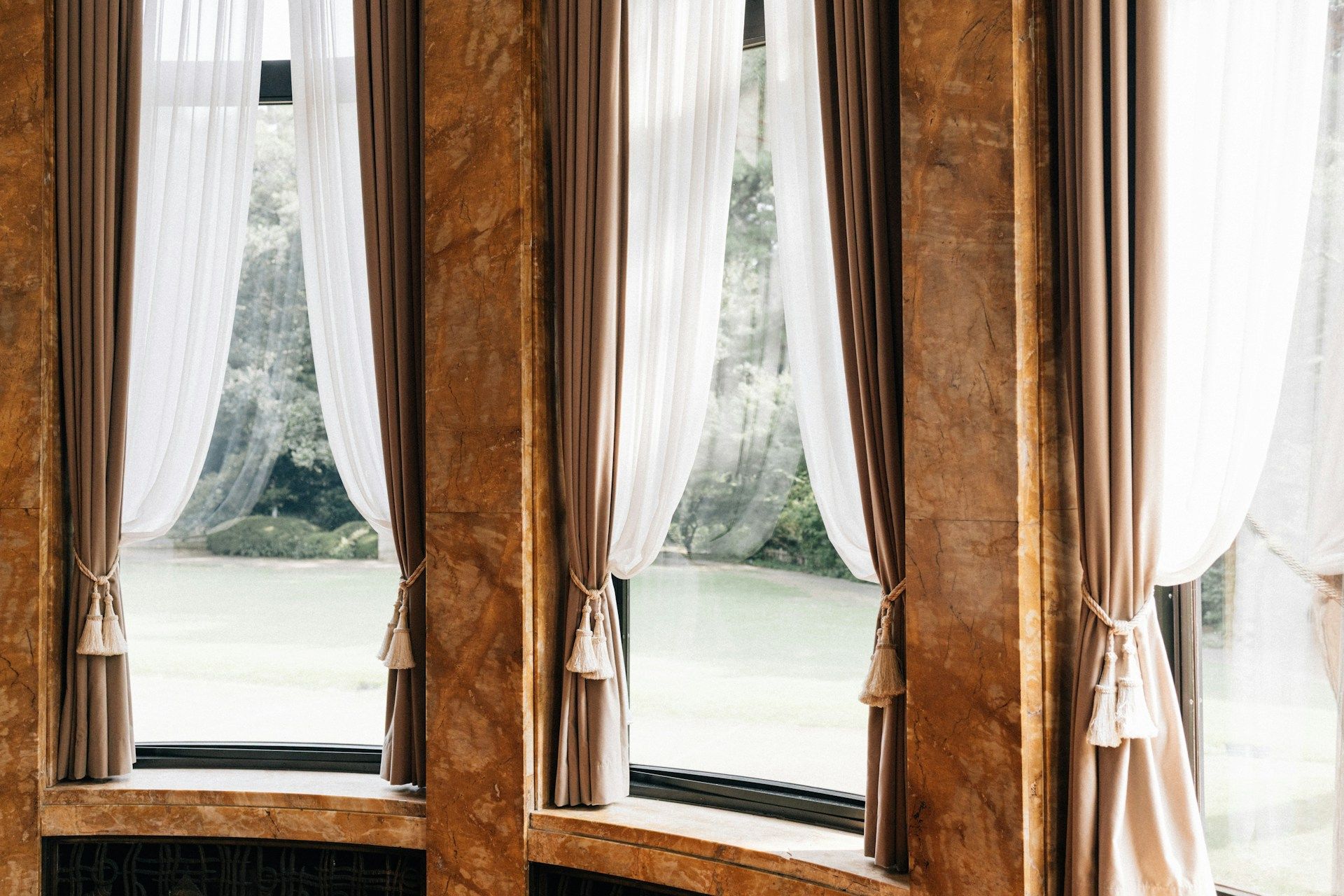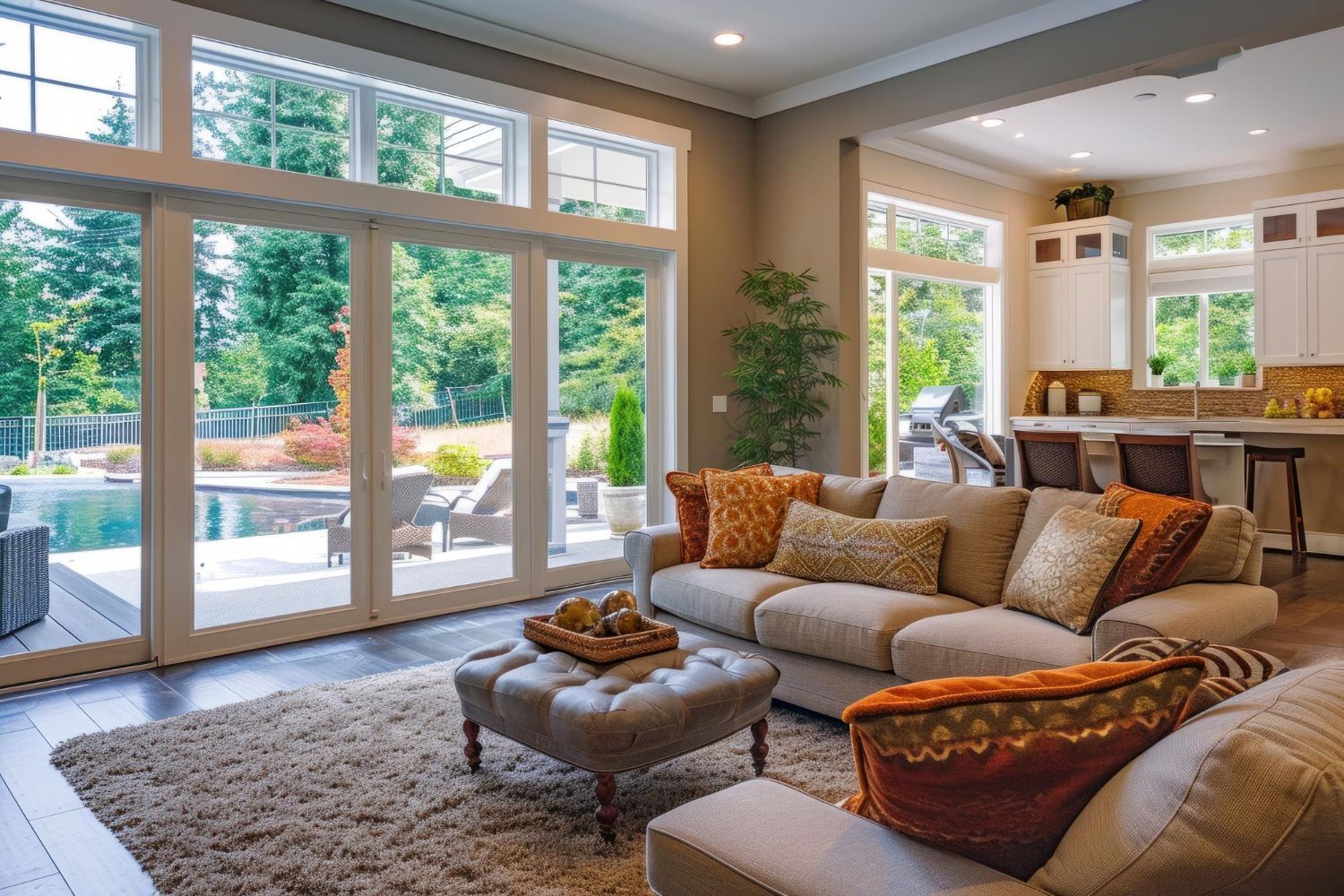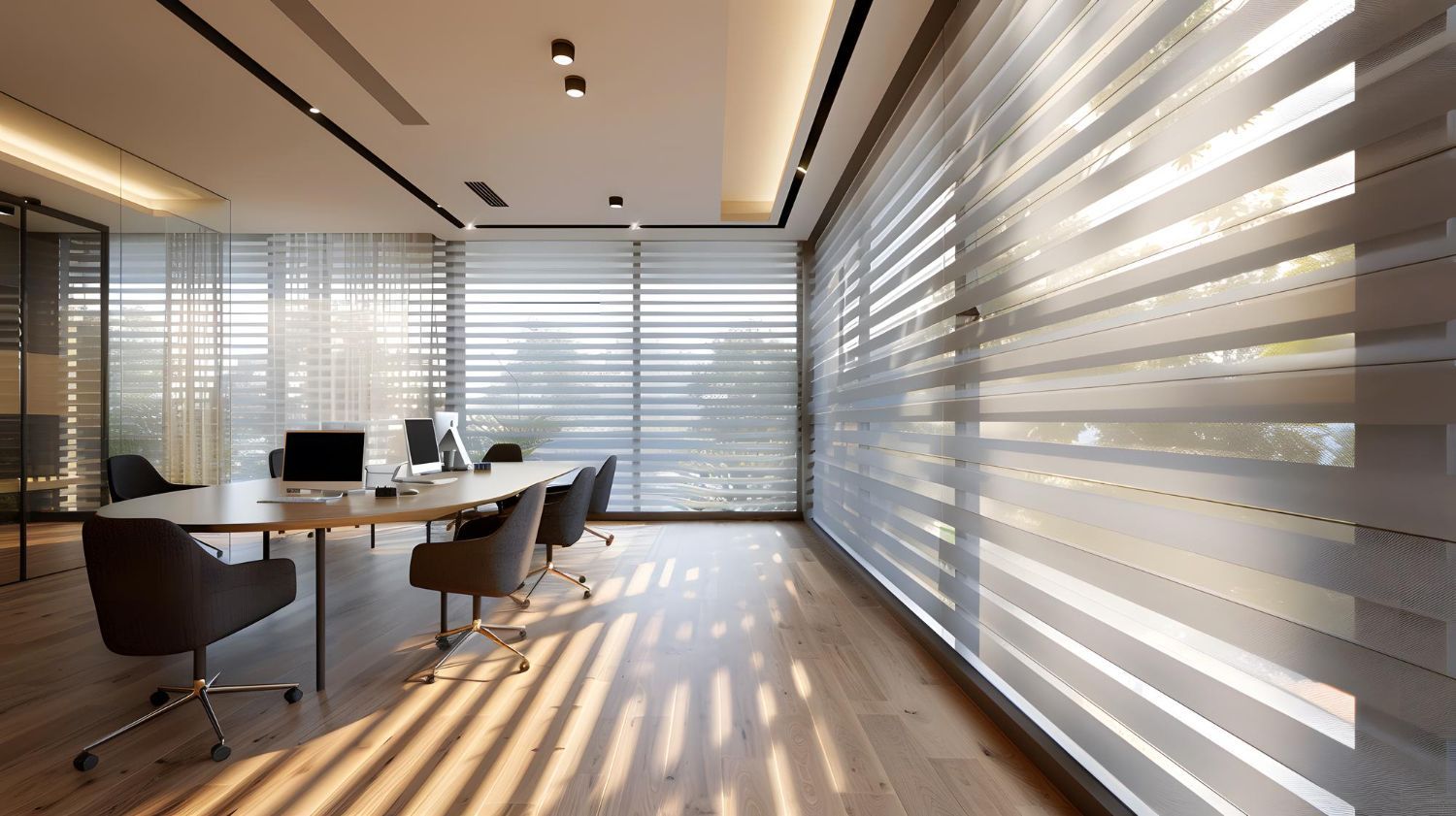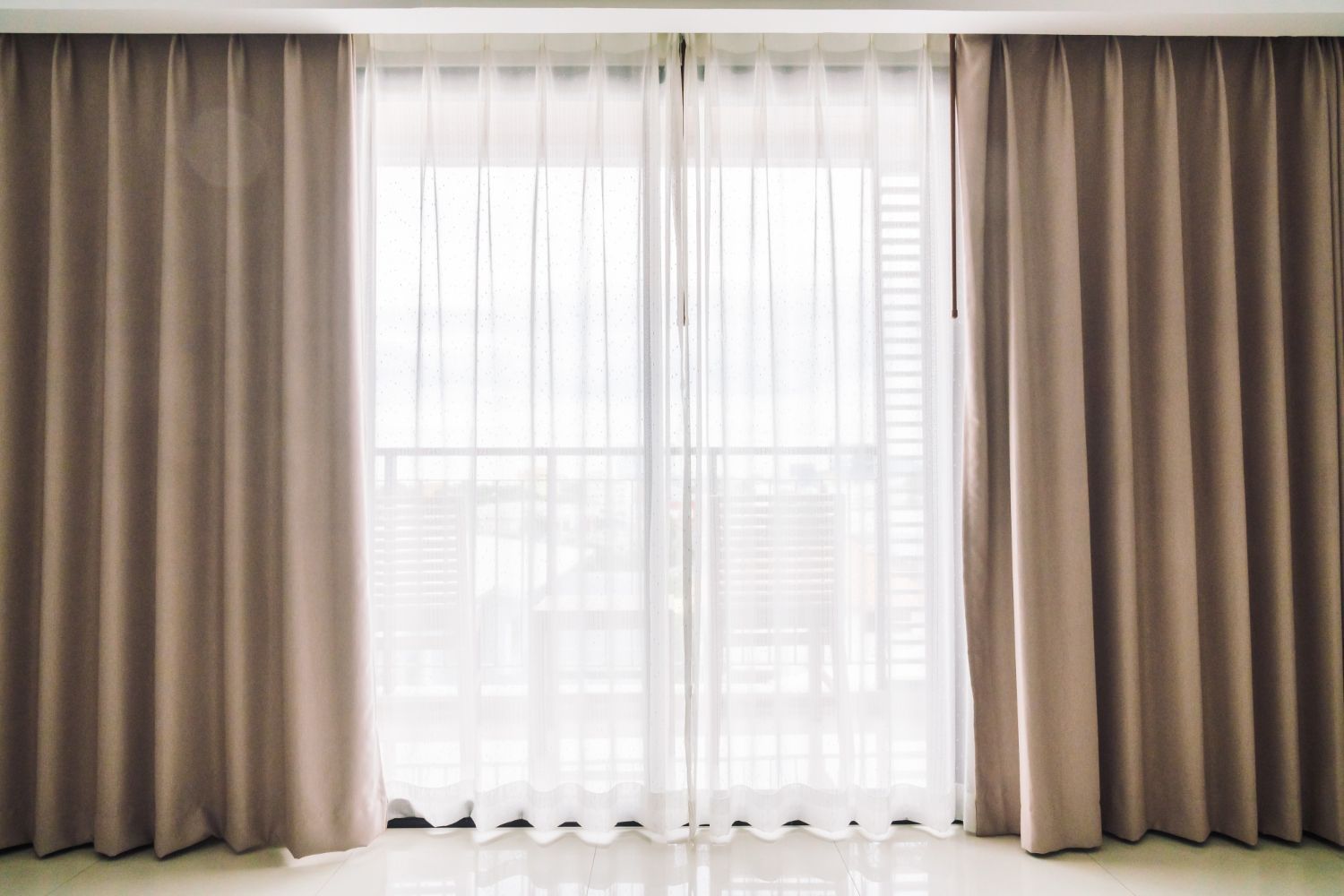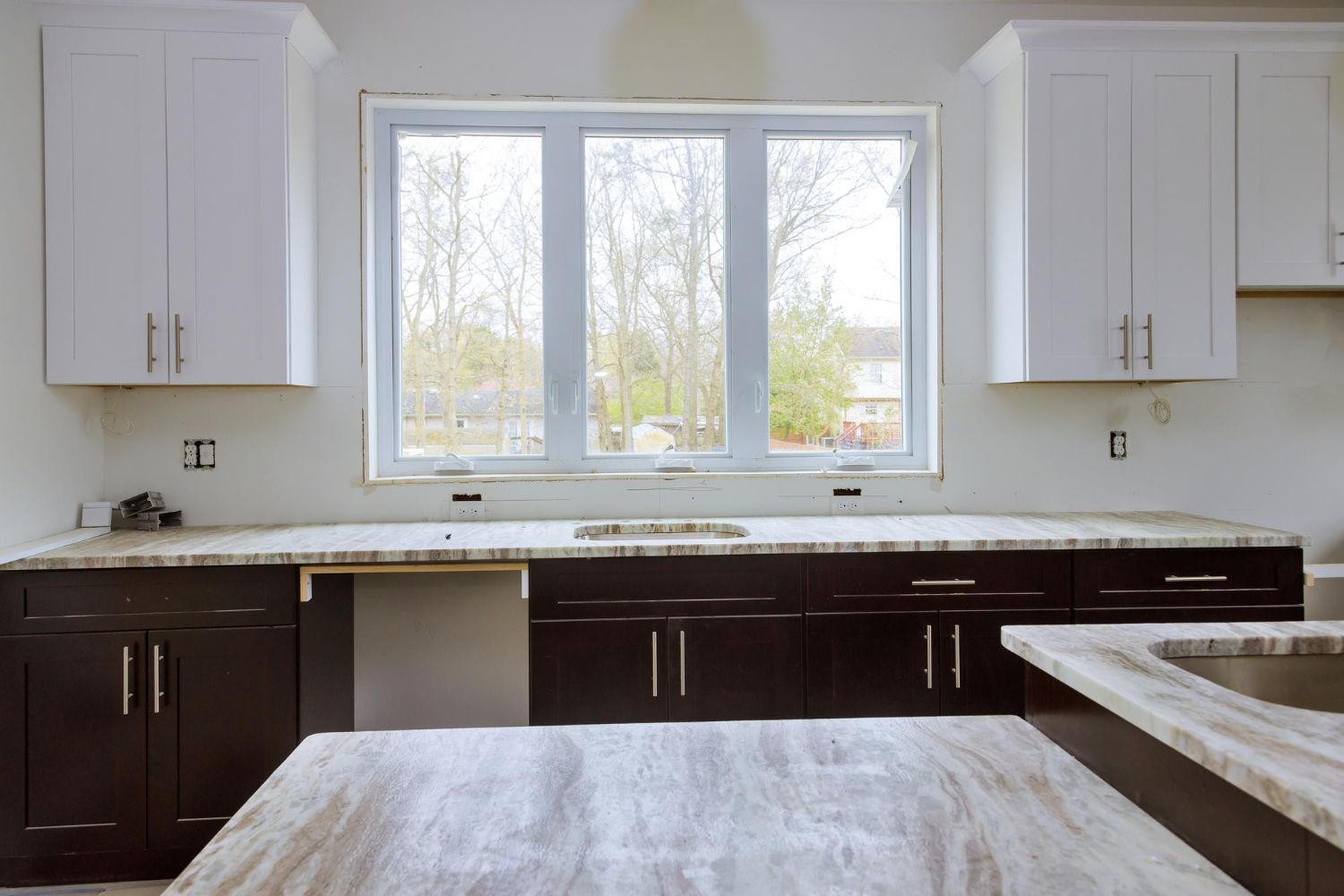How to Layer Window Treatments for Style and Function
Layering window treatments is a great way to enhance both the style and function of your windows. This approach allows you to combine the practical benefits of light control and privacy with the decorative elements that can elevate the look of any room. By understanding how to layer blinds, shades, and draperies, you can create a sophisticated and versatile window treatment solution that meets all your needs.
Getting started with layering window treatments might seem daunting, but it's easier than you think. In this guide, I will walk you through the basics of layering, from choosing the right base layer to adding decorative elements. You will learn how to balance functionality with aesthetics and how to effectively combine different types of window treatments. With these simple tips, you can transform your windows into stylish focal points that also serve practical purposes.
Layering window treatments offers many advantages, including improved insulation, greater flexibility in light control, and a richer look. So, let's dive in and explore how to achieve the best of both worlds—style and function—by layering your window treatments effectively.
Understanding the Basics of Layering Window Treatments
Layering window treatments is a way to combine multiple types of window coverings to achieve both function and style. The basic concept involves using at least two layers, where one layer serves a primary purpose and the other enhances the room's aesthetics. This method allows you to benefit from the practical features of each type of treatment while giving your windows a more polished and complete look.
The first layer, often called the base layer, typically comprises functional treatments like blinds or shades. This layer provides essential features such as light control, privacy, and insulation. The second layer is usually a decorative element like draperies or curtains. This top layer adds texture, color, and softness to the room. By combining these two layers, you can easily adapt to different needs, such as blocking out light for sleep or letting in natural light during the day. Layering also offers flexibility, allowing you to change the look of your windows without having to replace the entire setup.
Choosing the Right Base Layer for Functionality
Choosing the right base layer is crucial because this layer will handle the functional needs of your window treatments. There are several options to consider for a base layer, each offering different benefits. Blinds are a popular choice because they offer excellent light control and privacy. They come in various materials, such as wood, faux wood, and aluminum, making it easy to match them to your room's decor.
Shades are another great option for a base layer. Roller shades, for example, are simple and sleek, providing a minimalist look while effectively blocking out light. Cellular shades offer added insulation, making them ideal for energy efficiency. Roman shades combine the softness of fabric with the functionality of shades, offering a stylish yet practical solution.
When choosing your base layer, consider the specific needs of the room. For a bedroom, you might prioritize blackout shades to ensure a good night's sleep. In a living room, light-filtering shades can provide privacy while still allowing natural light to enter. By picking the right base layer, you set the stage for a successful layering of window treatments that meet both your functional and aesthetic needs.
Adding a Decorative Layer for Style
Once you have chosen the right base layer, it's time to add a decorative layer to enhance the style of your room. The decorative layer usually consists of draperies, curtains, or valances. These elements add a touch of elegance and can dramatically improve the overall aesthetic of your space. Begin by selecting fabrics that complement the room's color scheme. If your base layer is neutral, consider using bold colors or patterns for your draperies to make a statement.
Besides color, think about the texture and weight of the fabric. Heavy fabrics like velvet add a luxurious feel and are great for adding warmth during colder months. Lighter materials, such as linen or sheer fabrics, create an airy and relaxed atmosphere. Additionally, you can mix and match patterns and textures to create a personalized look. Just remember to ensure that the decorative layer doesn't overpower the room; it should harmonize with both the base layer and the rest of the decor.
Tips for Combining Different Window Treatments Effectively
Combining different window treatments effectively involves balancing functionality with style. Here are some practical tips to help you achieve a seamless look:
1. Coordinate Colors and Patterns: Make sure the colors and patterns of your layers complement each other. This creates a cohesive look that ties the room together.
2. Balance Light Control: Use the base layer for practical light control and the decorative layer to fine-tune the ambiance. For instance, pair blackout shades with sheer curtains to switch between total darkness and filtered light.
3. Consider Layer Placement: Think about the order of your layers. Install the functional layer closest to the window and the decorative layer on the outer side. This order ensures that you get the practical benefits first, followed by the aesthetic enhancement.
4. Mind the Hardware: Choose curtain rods, brackets, and other hardware that match the room's style. This small detail can make a big difference in the final look of your window treatments.
5. Test Functionality: Ensure that the layers operate smoothly together. For example, if you have motorized blinds, make sure they can move freely without being obstructed by heavy draperies.
By following these tips, you can create layered window treatments that are both beautiful and functional, perfectly suited to your home.
Conclusion
Layering window treatments is a fantastic way to enhance the beauty and functionality of your home. By understanding the basics, choosing the right base layer, adding a decorative layer, and combining different treatments effectively, you can create a stylish and practical window solution. Each layer plays a crucial role in offering light control, privacy, and aesthetic appeal.
Taking the time to select the right materials and designs can transform any room, giving it a complete and polished look. Whether you're looking to improve insulation, add a touch of elegance, or simply create a more versatile space, layering window treatments offers the perfect solution.
If you're ready to transform your windows, contact Southern Maryland Custom Blinds today. Our team is here to help you create the ideal window treatments tailored to your needs.

